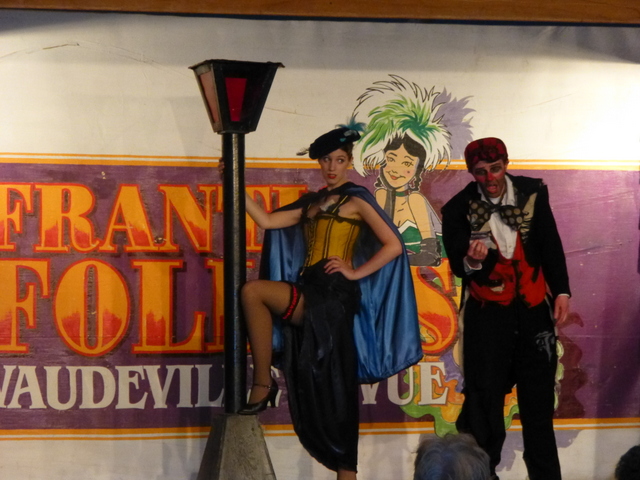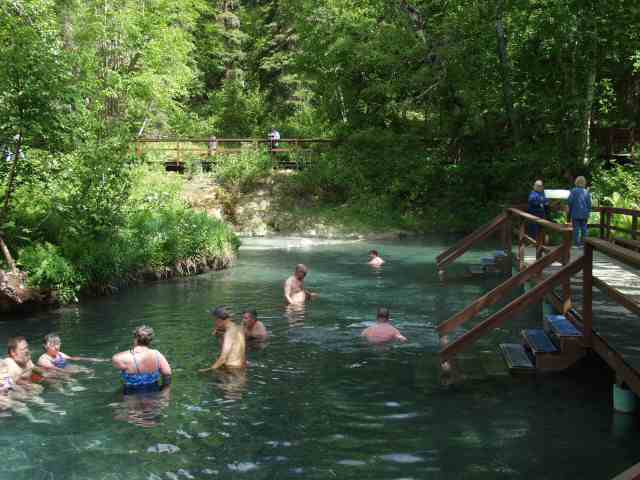Today was "D"day. That is, Dawson Creek day, where we rendezvoused with our Wagonmasters John and Arlene Orbeck, our leaders on the 48day Alaska FMCA tour with Fantasy RV Tours. RAH! 21 rigs plus us and the Wagonmasters gather here to get acquainted, briefed, inspected, stickered, fueled up, and ready to go on Monday. We drove up from Calgary in two days, thru 24 hours of heavy rain. Fields are green and crops look great due to lots of water.
The bright yellow fields are canola, which is a big crop here in Alberta, used to make canola oil.
Roads so far are excellent, mainly 4 lane divided highway with stretches of 2 lane, and light traffic. Have yet to see a highway patrolman in Canada.
Saw these pretty Magpies everywhere, along the roadside and in the grass.
We drove up the ALCAN highway about 17 miles north of Dawson Creek to get a look at the only remaining wooden trestle bridge from the original highway construction in 1942. We were lucky enough to meet two Ford Model A's coming south... They were from Texas, and had driven their A's all the way to Fairbanks and were on their way home! No chase car, just two oldies. Took a picture of the nice yellow '29 on the bridge, the sedan is in the background.
Were it not for the bombing of Pearl Harbor and the occupation by Japan of two of the Aleutian Islands, the Alaskan Highway would probably not have been built. Certainly not in the '40's. 1533 miles from Dawson Creek to Fairbanks, it was completed through largely unmapped wilderness by the Army Corps of Engineers (with civilian US and Canadian contractors helping) in only 8 months. Quite a feat.
We checked out the visitors center at Mile Zero, and watched a film documenting the construction. One interesting tidbit: Three military units of black troops (with white officers, of course!) participated in the construction. The brass expected them to fare poorly. Instead, they performed so well that all 3 units received unit citation medals for their efforts, proving that they could compete with any other unit, and boosting the status of blacks throughout the US Army.











































